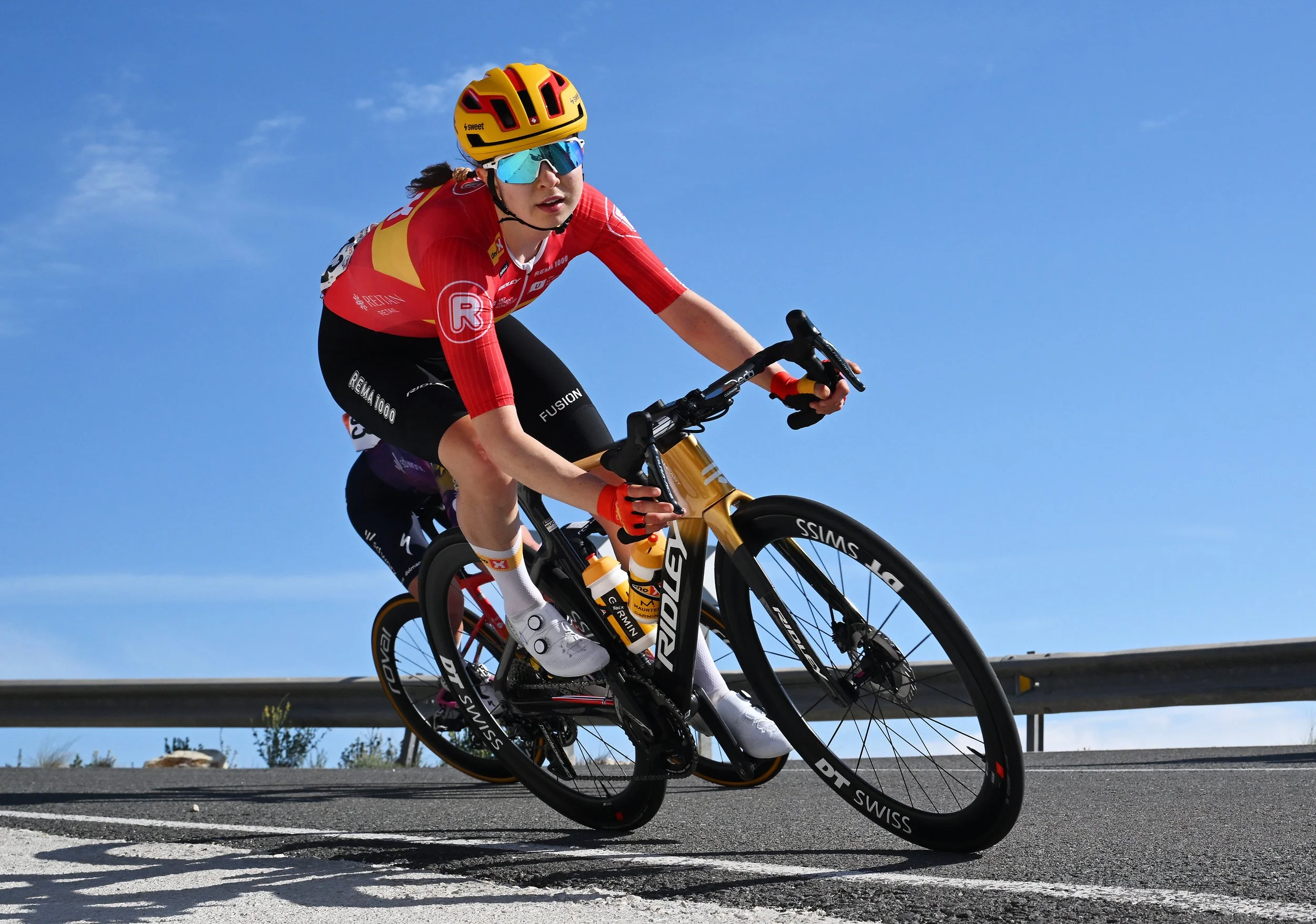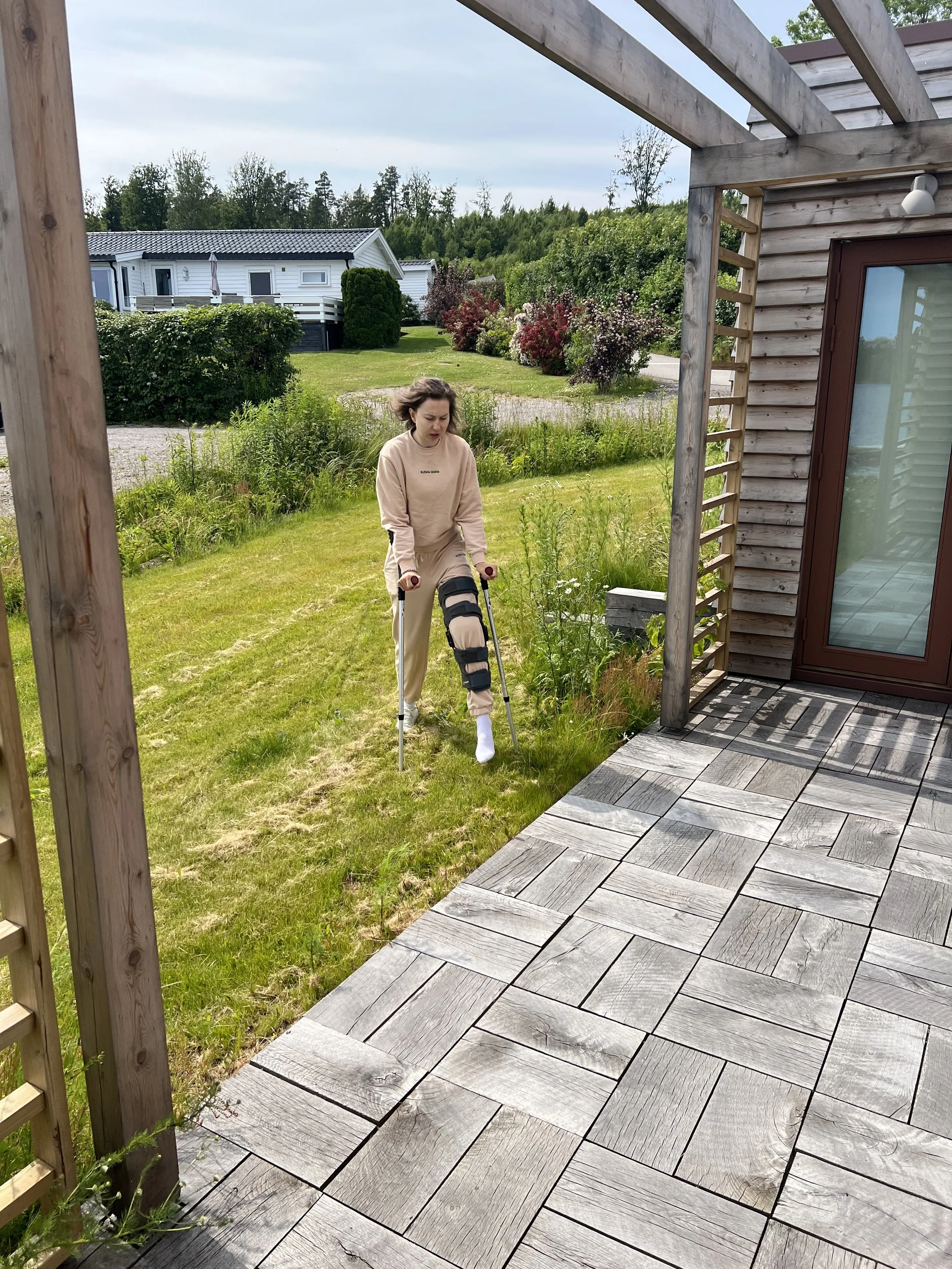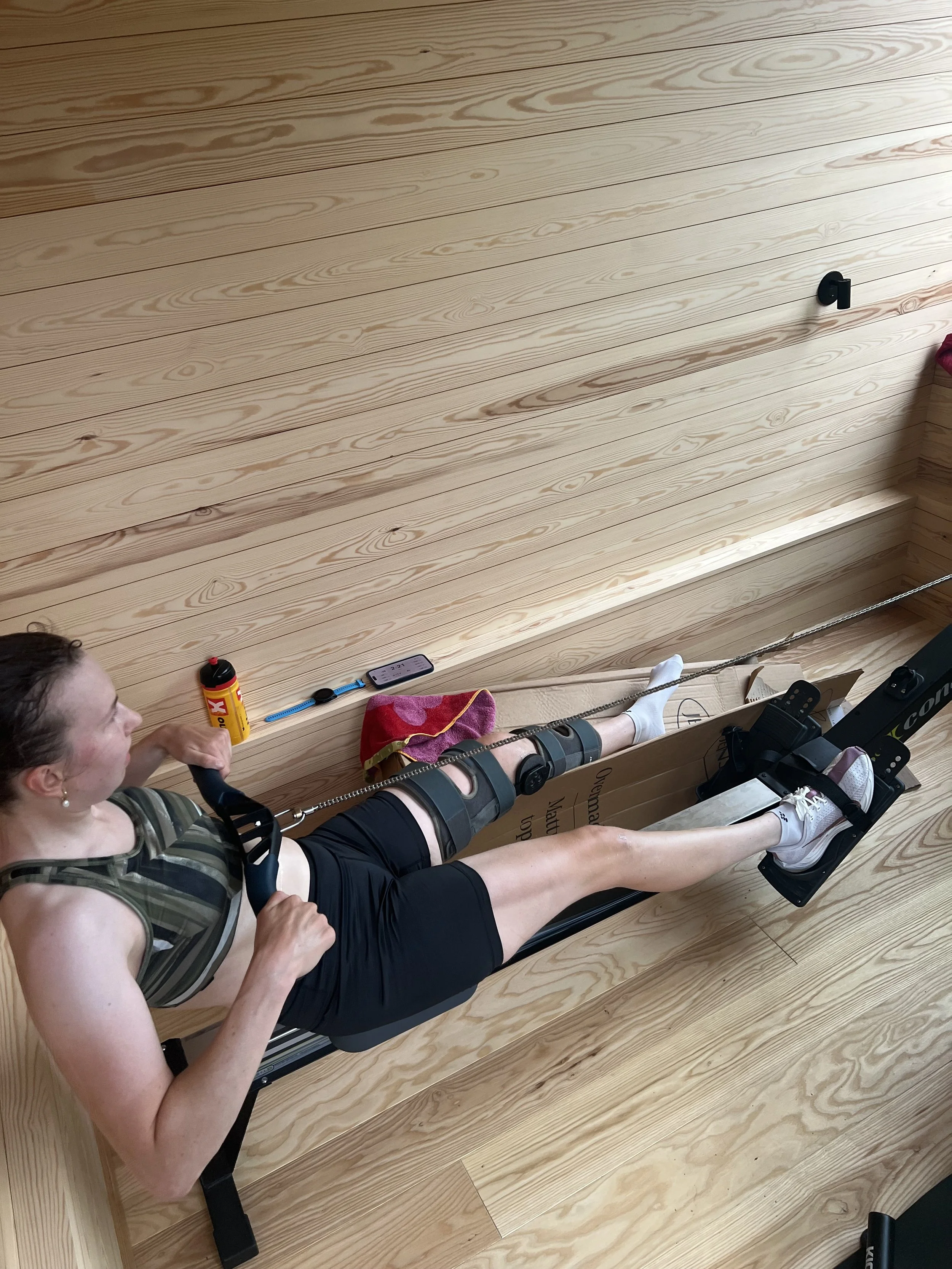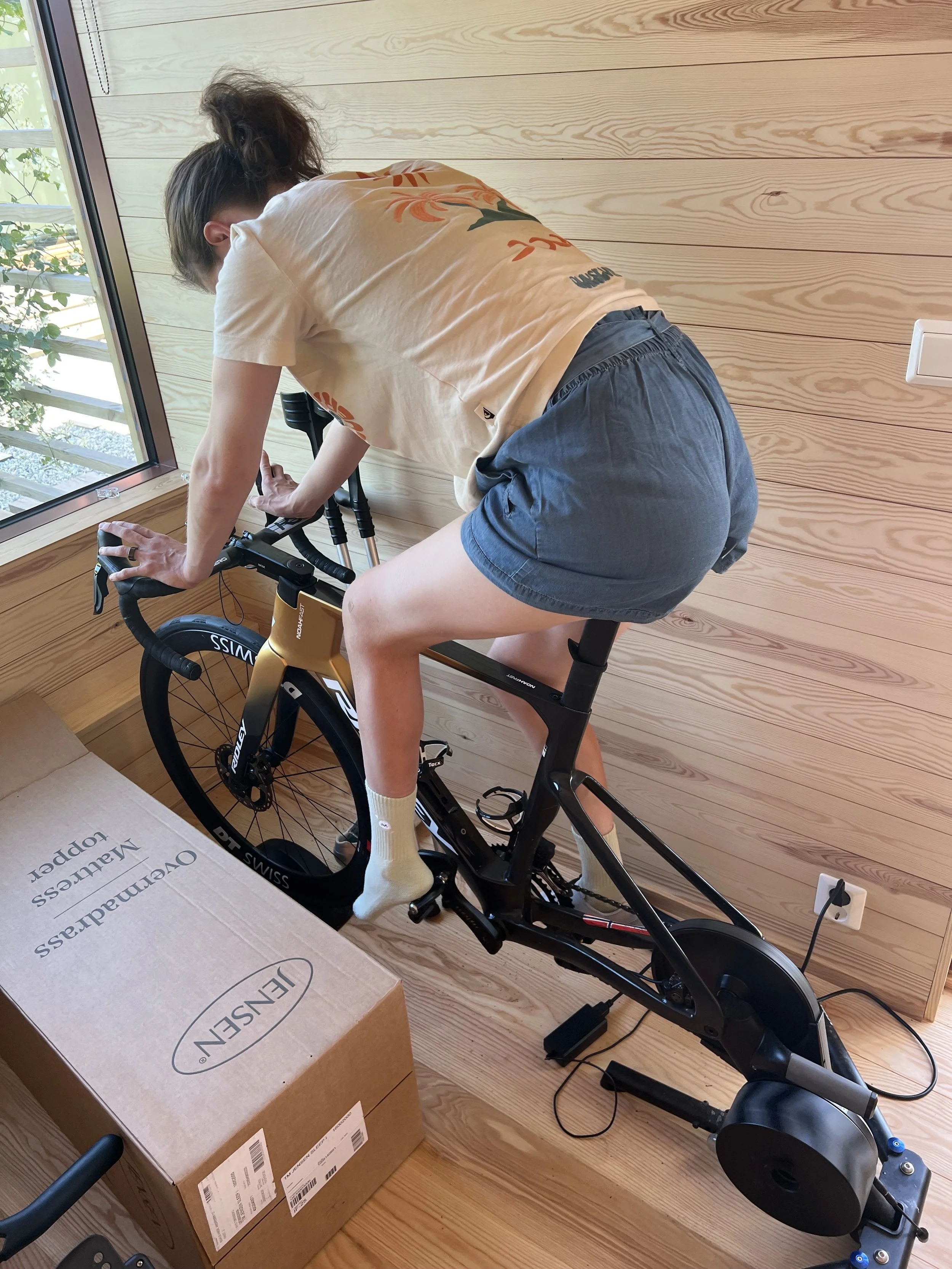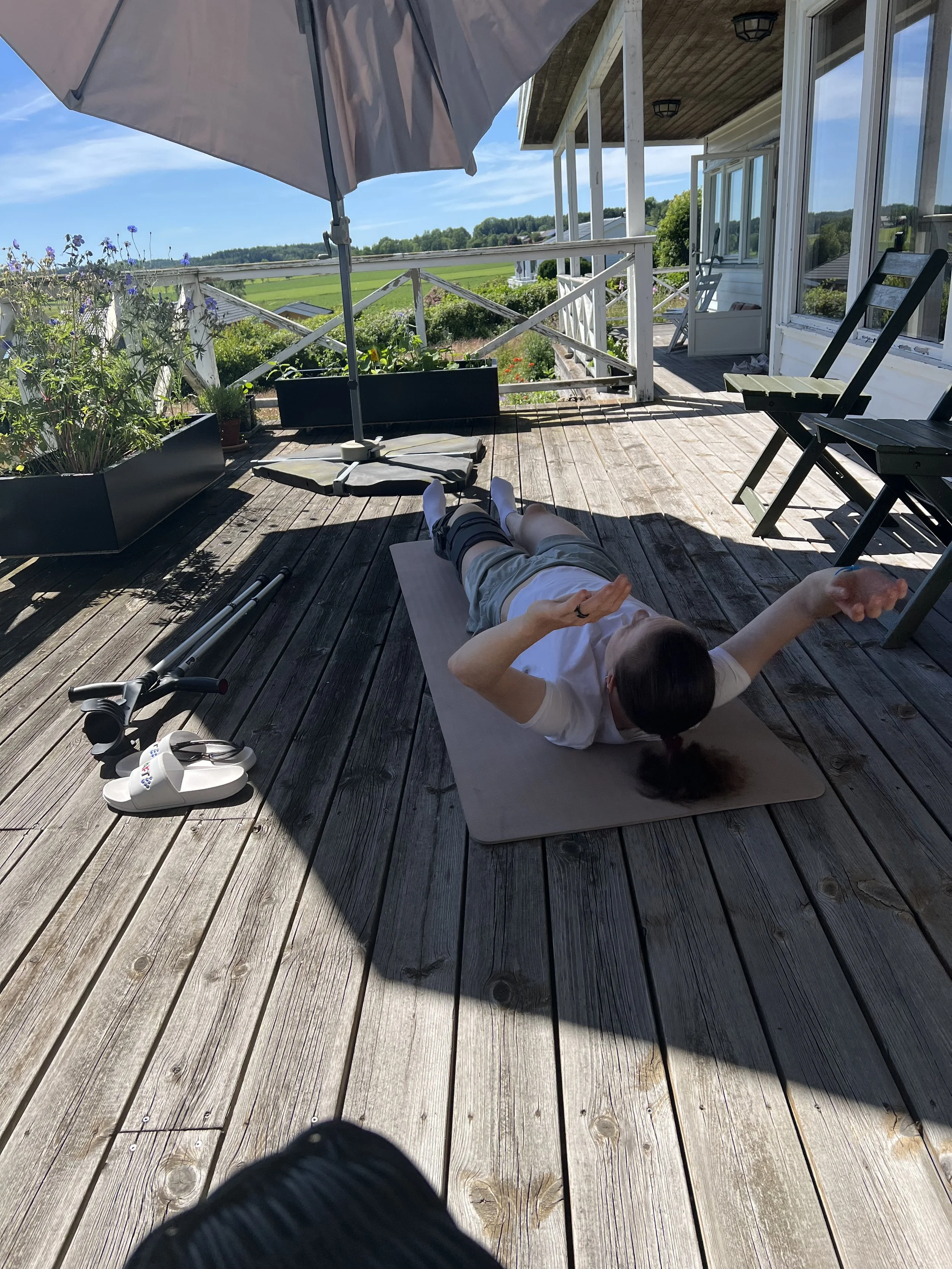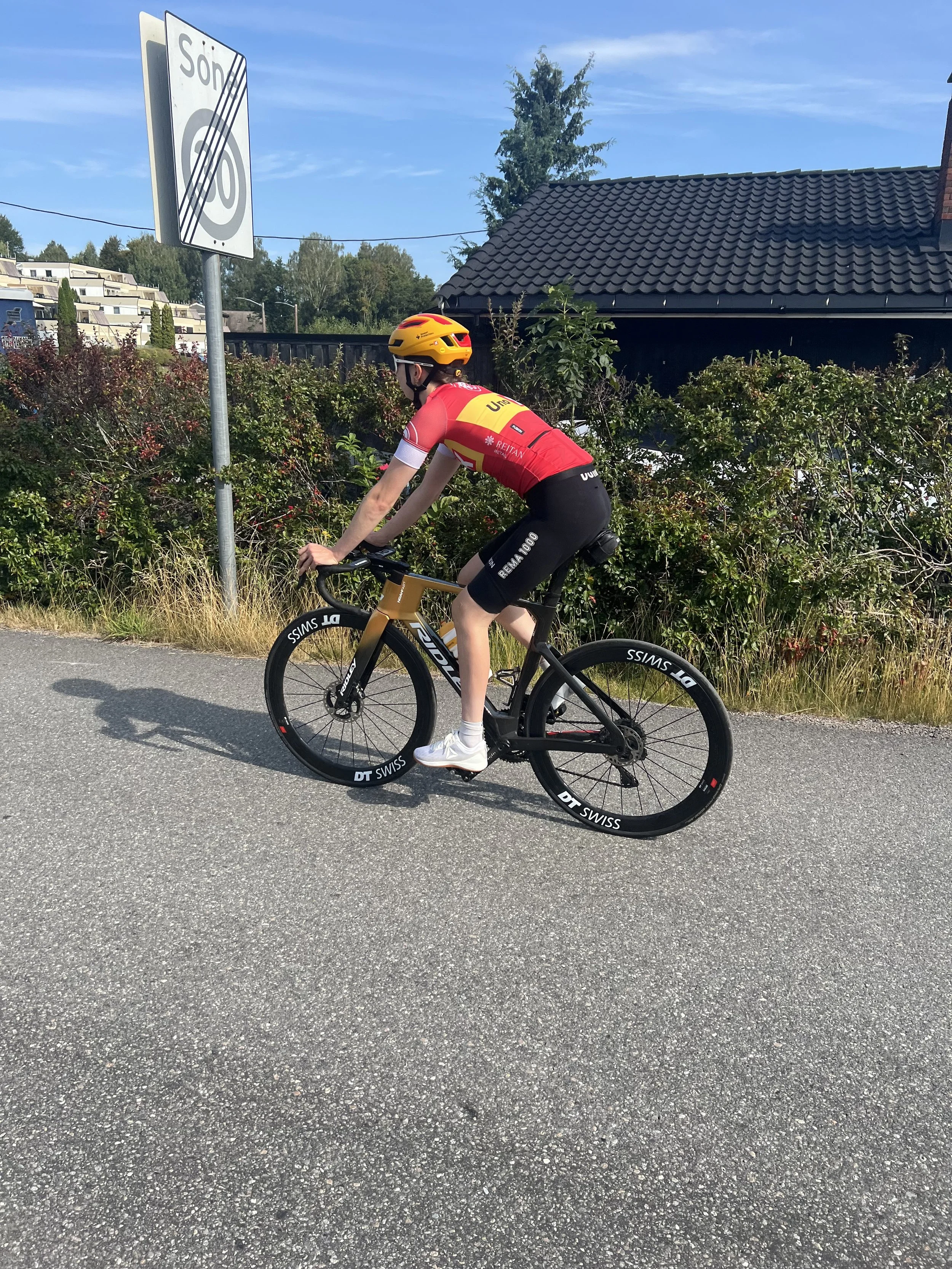Marte’s Road to Recovery: I’m determined to come back
Image credit: Getty Images
“I deleted Instagram and stopped watching races. It was too hard to see others doing what I wanted to do.”
For Marte Berg Edseth, her recovery has been as much about mental strength as physical rehab.
On May 3rd, what was supposed to be a routine training ride in Sierra Nevada turned into every cyclist’s nightmare. Alone on the descent, about ten kilometers down the mountain, Marte suddenly saw a car cut across her lane. The driver was turning into a restaurant on the opposite side of the road – and never saw her coming.
“I tried to swerve, but I hit the side of the car with the left side of my body. Then I flew over the hood and landed hard on the asphalt on the other side,” Marte recalls.
She was alone, waiting for her partner to arrive later in the week, when the accident happened. The people in the car – the restaurant owner’s son and his girlfriend – called the ambulance and helped keep her warm until it arrived. Her bike was left behind at the restaurant.
“I remember everything. I didn’t hit my head. At first, I thought it was just a really bad knock to my thigh. I even told myself maybe I could still ride back to the apartment.”
Hospital days
At the hospital, scans revealed she had a punctured lung. She was kept in bed for two days, forbidden to move because of the risk.
“The pain in my knee got worse, and it swelled a lot. But the hospital couldn’t promise me an MRI quickly – it wasn’t life-threatening. I would have had to stay for several more days.”
Luckily, the landlord of her apartment in Sierra Nevada helped arrange a private MRI the same day she was discharged. The images were sent to the team doctor, and soon after to the Norwegian surgeon who had operated on Marte years earlier, when she tore her ACL skiing.
Within 30 minutes of receiving the scans, the surgeon called her back. A new MRI in Norway was booked – and a long recovery process was now certain.
Because of her lung injury, flying was out of the question. Her father came to Spain to collect her bikes and luggage, while Marte and her partner travelled home by train across Europe.
“We left Wednesday afternoon and arrived Sunday morning. It was a long journey when you’re injured like that,” she says.
Marte after finishing 13th at Strade Bianche.
From spring success to summer struggle
The timing of the crash couldn’t have been worse. Marte had just enjoyed her best spring season yet, finishing 13th in the prestigious Strade Bianche and taking a top 10 in Dwars door Vlaanderen.
“Of course it was tough, but I think I accepted quite quickly that the season was over. My focus was already on January. That gave me something to work towards.”
Back in Norway, her surgery was planned for late June. Until then, she followed a rehab program and even managed to prepare for her exams.
But the hardest part came after the operation.
“That’s when it really hit me. Suddenly training was so limited, and I couldn’t bring myself to watch races. I deleted Instagram and stepped away from cycling because it was too painful to see what I was missing — especially the races I was supposed to be part of.”
Instead, she spent the summer with family and focused on her studies and rehab.
Back on the bike
Despite the setbacks, Marte’s determination showed early. Just ten days after the crash, she carefully sat on a bike again. Four weeks after surgery, she was pedaling – though only backwards, on a stiff knee that could barely complete a rotation.
In the past weeks, her training volume has been back above 20 hours a week. Three hard days on the bike, one easy day. Carefully measured intervals to test the knee without overloading it.
One special tool helps her. Cranks with shorter arms (155 mm instead of her usual 167 mm), allowing her to compensate for reduced mobility in the knee.
Private photo: Marte back on her bike.
Experience to lean on
This isn’t the first time Marte has faced a long road back. Years ago, she tore her ACL in a skiing accident. Back then, she kept a detailed rehab diary – something she’s looked back on this time.
“It helps because I know what it takes. I know the process, and I’m not afraid of the work. But it also makes it tough, because I know how long it can take. And this time, the injury is even more complex – it’s not just the ACL, but also the meniscus and a ligament.”
The difference?
“Now I’m coming back to the bike, not to skiing. I was back on a bike within weeks. When I tore my ACL skiing, I didn’t ski for six months.”
The road ahead
On September 22, Marte underwent surgery to remove scar tissue in her knee. The procedure was more extensive than expected, leaving her on crutches for 2–3 weeks.
“There was more scar tissue than we thought, so it’ll be a slightly slower restart. But it went well, and it will be fine,” she says.
For Marte, the goal is clear:
“I feel strong mentally. For me, it’s not about salvaging this season. It’s about being ready in January. That’s my goal.”
From her breakthrough results in the spring classics, to the crash in Sierra Nevada, a four-day train journey home, two knee surgeries and countless hours of rehab – Marte’s 2025 has been anything but straightforward. But with her resilience and determination, the story is far from finished.
We can’t wait to see you back in the peloton, Marte.

